Why pay more for pasta
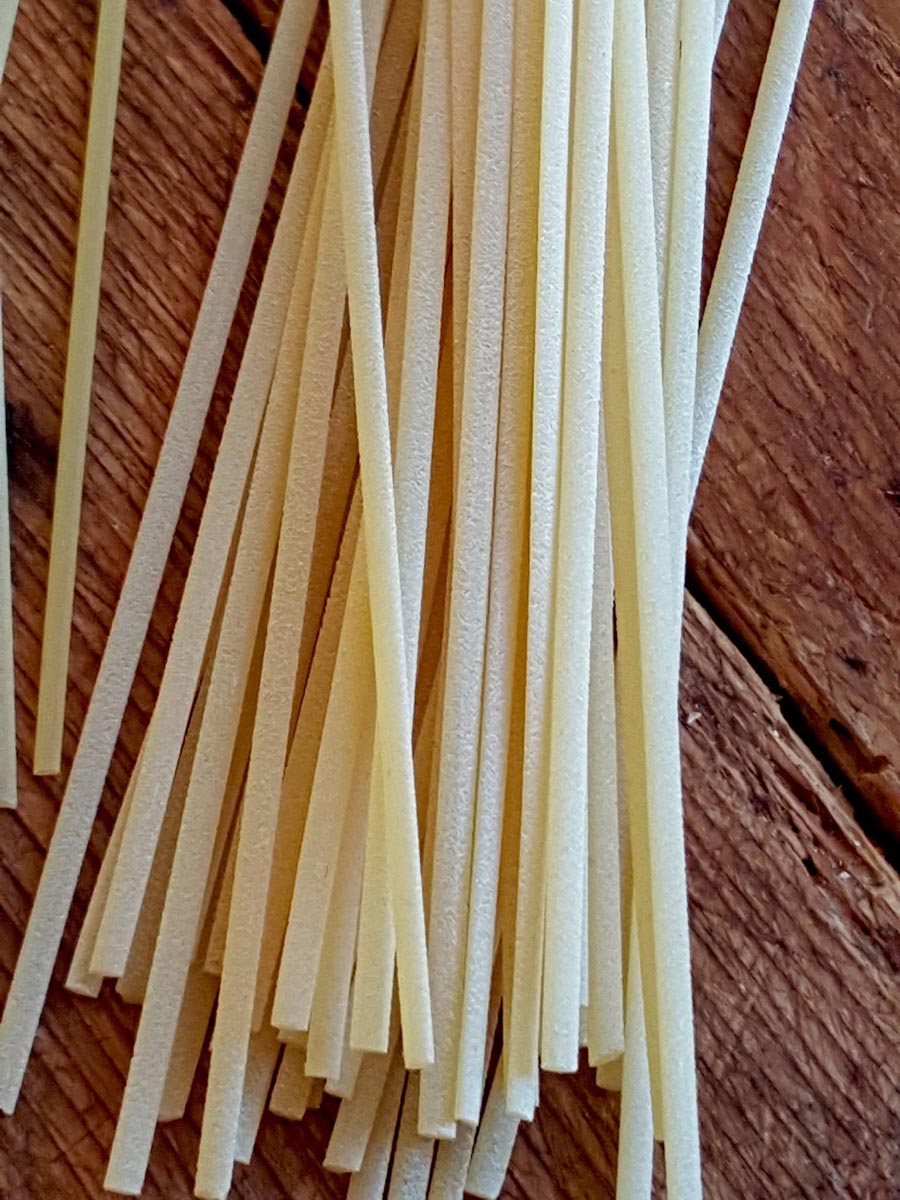
Fresh and dried pasta are different beasts and it needs to be said that neither one is superior to the other. What’s the difference?

Fresh and dried pasta are different beasts and it needs to be said that neither one is superior to the other. What’s the difference?
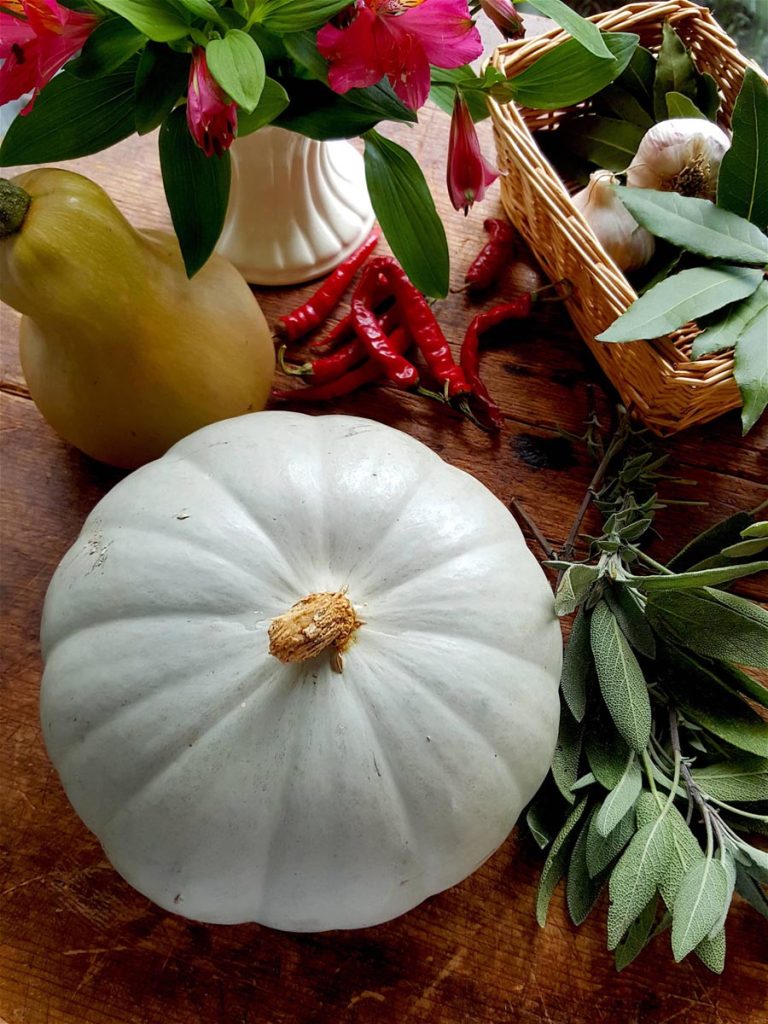
Chop chop … get a decent knife and use a steady chopping board.
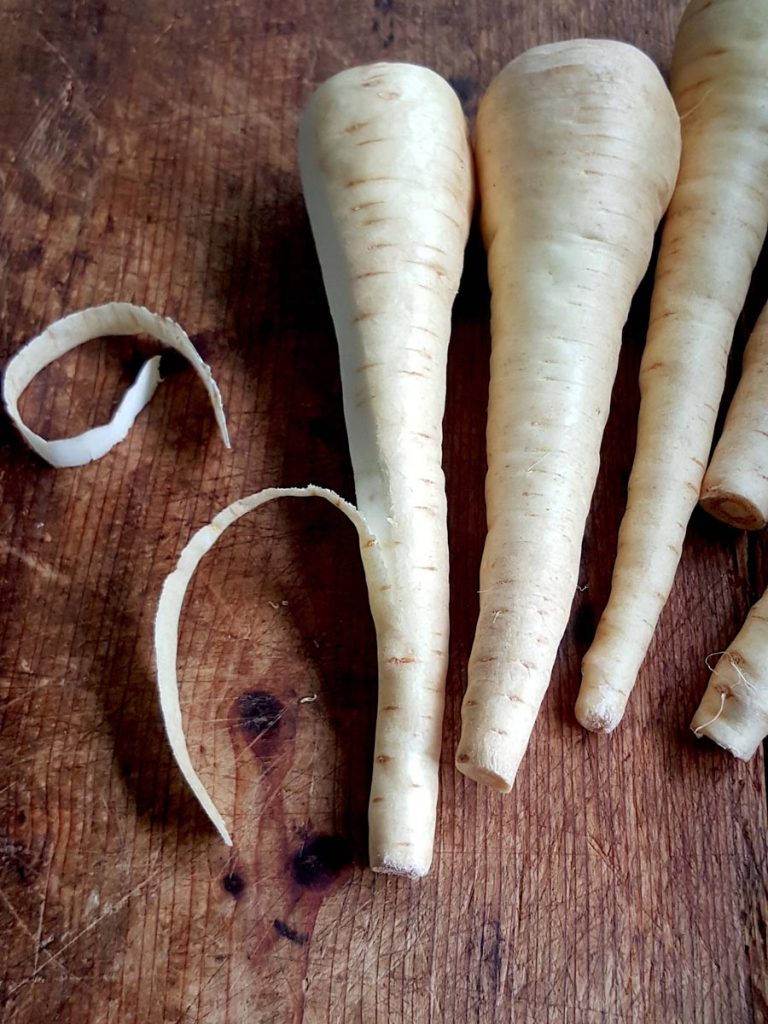
The best parsnips will have had an early morning shiver or two in frosty fields which sweetens them somewhat.
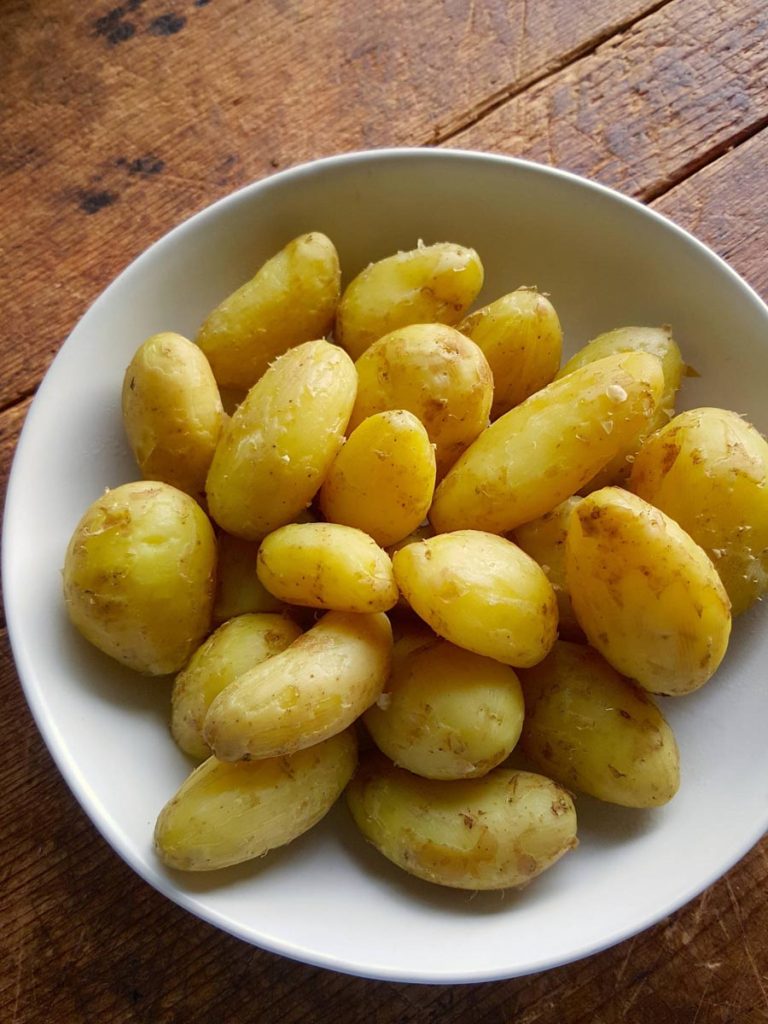
Gloriously fudgy in texture, new season jersey benne potatoes are worth getting excited about.
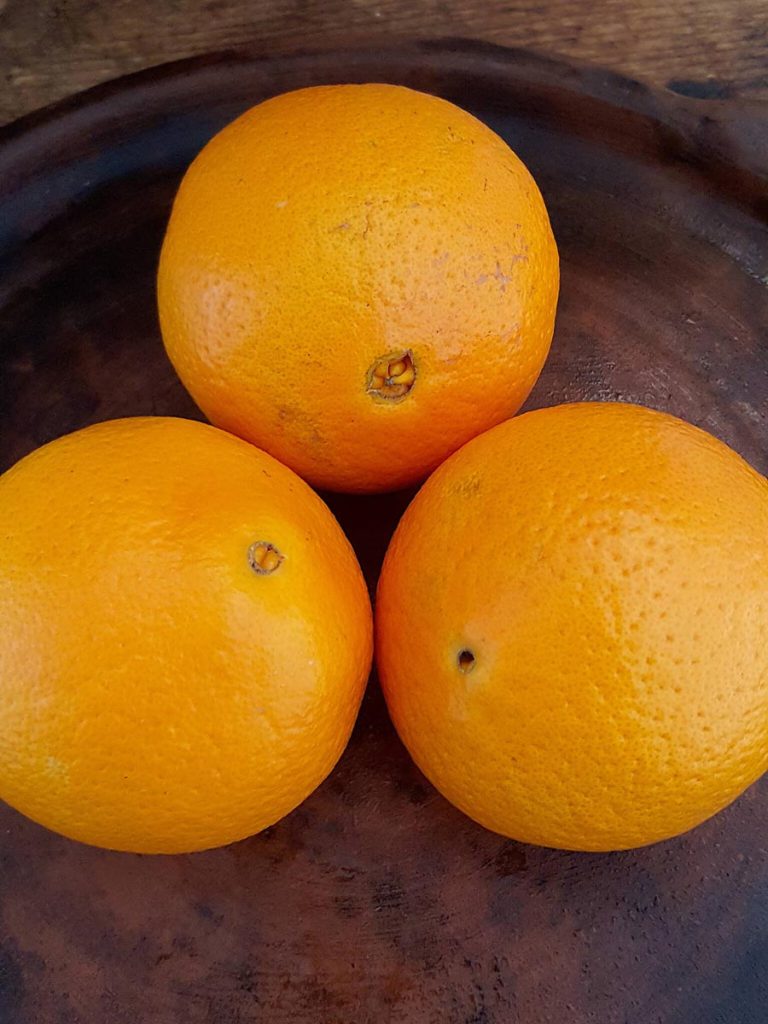
Oranges, fresh or squeezed? Learn which does what best!
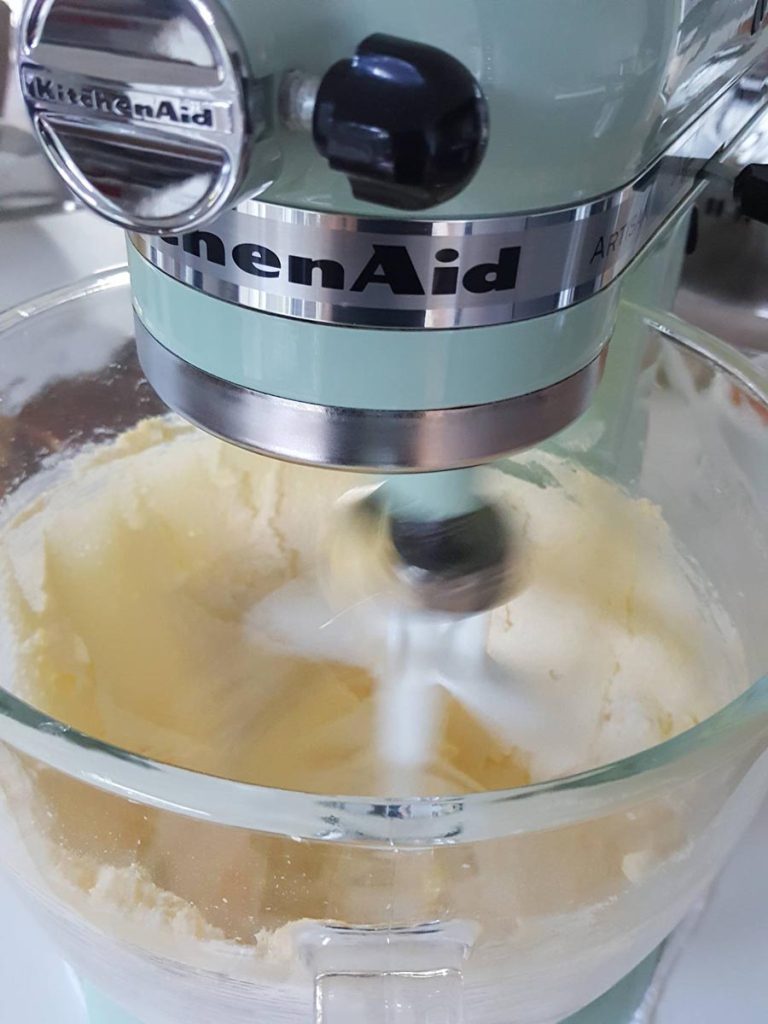
Cake time! It’s easy when you know how.
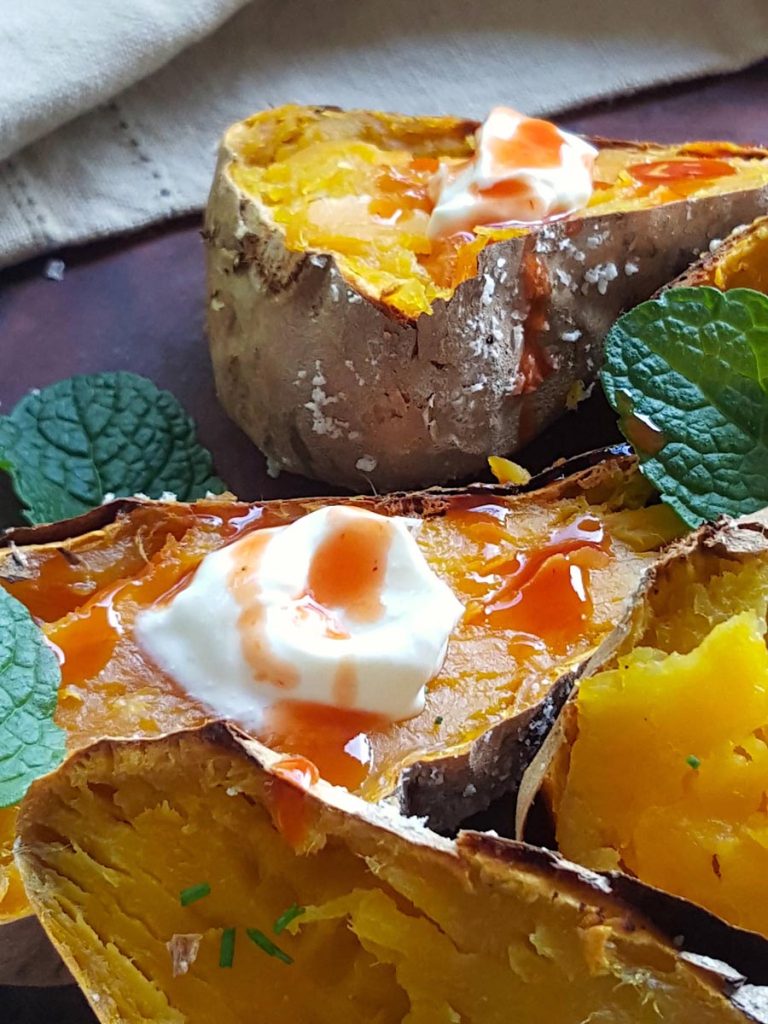
Ohhhh … would you look at that! Zero prep. Zero leftovers. Scrumptious.
No products in the basket.
Welcome to the new Shared Kitchen experience! If you encounter any issues, please let us know. Dismiss